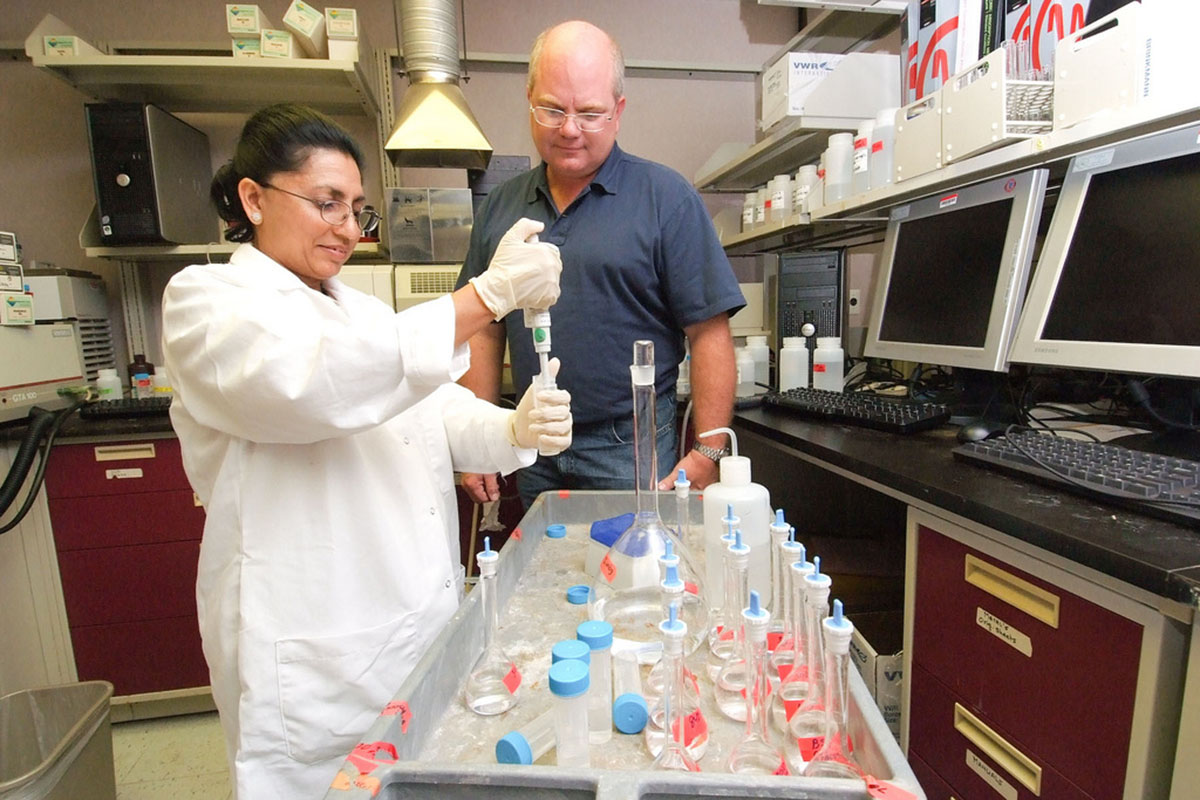Table of Contents
The 5-year survival rates for kidney cancer are essentially 0%. Treatment with a medication called IL-2, however, prevents the progression of the cancer in about 60% of patients and results in "complete response," a cure, in about 1 in 20 renal cell cancer patients. Says Dr. Thomas Schwaab of the Roswell Park Cancer Institute in Buffalo, New York:

"I am one of the few people who stands up at kidney cancer meetings and waves the flag for IL-2. Current targeted treatments all treat kidney cancer well in that they prolong regression, but none of them have a truly curative aspect to them. Our clinical results continue to be impressive in this otherwise lethal disease," he said in an interview.
What Is IL-2?
IL-2 (interleukin-2) is a protein that serves as a signalling molecule in the immune system. It gives directions to "baby white blood cells" to multiply and mature in fully functioning effector T cells, which can release chemicals that serve as a natural chemotherapy against cancer.
Recombinant, or "artifical" IL-2 can be mass produced for use in treating cancer and chronic infections.
Drawbacks to IL-2 Treatment
While IL-2 is of known efficacy in treating a number of conditions, it's not without side effects. Most patients on IL-2 complain that the symptoms are similar to an unusually bad case of flu that just won't go away. IL-2 can't be given to people who have tumors in the brain, because it can cause bleeding in the brain that builds up pressure in the skull, and it is dangerous when given to people who are using certain herbal preparations, such as the Japanese herbal remedy sho-saiko-to (which is also available from practitioners of Traditional Chinese Medicine as variations of the formula Xiao Chai Hu Tang).
Living Better vs. Living Longer with IL-2
An extra two years of life with a medication that insurance already covers, however, could be a promising prospect if the side effects could just be held at bay. Oncologist Dr. Nicholas Vogelzang of the Comprehensive Cancer Centers of Nevada, in Las Vegas, says IL-2 therapy requires "a high level of experience, inpatient close monitoring by skilled nurses, and a physician willing to take on the heavy burden imposed by an around-the- clock risk of toxicity."
See Also: Painkillers (Ibuprofen And Naproxen) Linked To Kidney Cancer
And with that caveat, Vogelzang recommends IL-2 for all of his patients under the age of 60.
IL-2 is never a do-it-yourself treatment. It's always necessary to have the help of doctors and nurses who are experienced with the medication and available to deal with side effects of the medication. But with that level of care, IL-2 offers at least a few kidney cancer patients a chance at life and living it well.
- Hanzly M, Aboumohamed A, Yarlagadda N, Creighton T, Digiorgio L, Fredrick A, Rao G, Mehedint D, George S, Attwood K, Kauffman E, Narashima D, Khushalani NI, Pili R, Schwaab T.High-dose Interleukin-2 Therapy for Metastatic Renal Cell Carcinoma: A Contemporary Experience. Urology. 2014 May,83(5):1129-34. doi: 10.1016/j.urology.2014.02.005. PMID: 24767525.
- Photo courtesy of Jason Eppink by Flickr : www.flickr.com/photos/jasoneppink/212106110
- Photo courtesy of U.S. Army Environmental Command by Flickr : www.flickr.com/photos/armyenvironmental/4416784677


Your thoughts on this